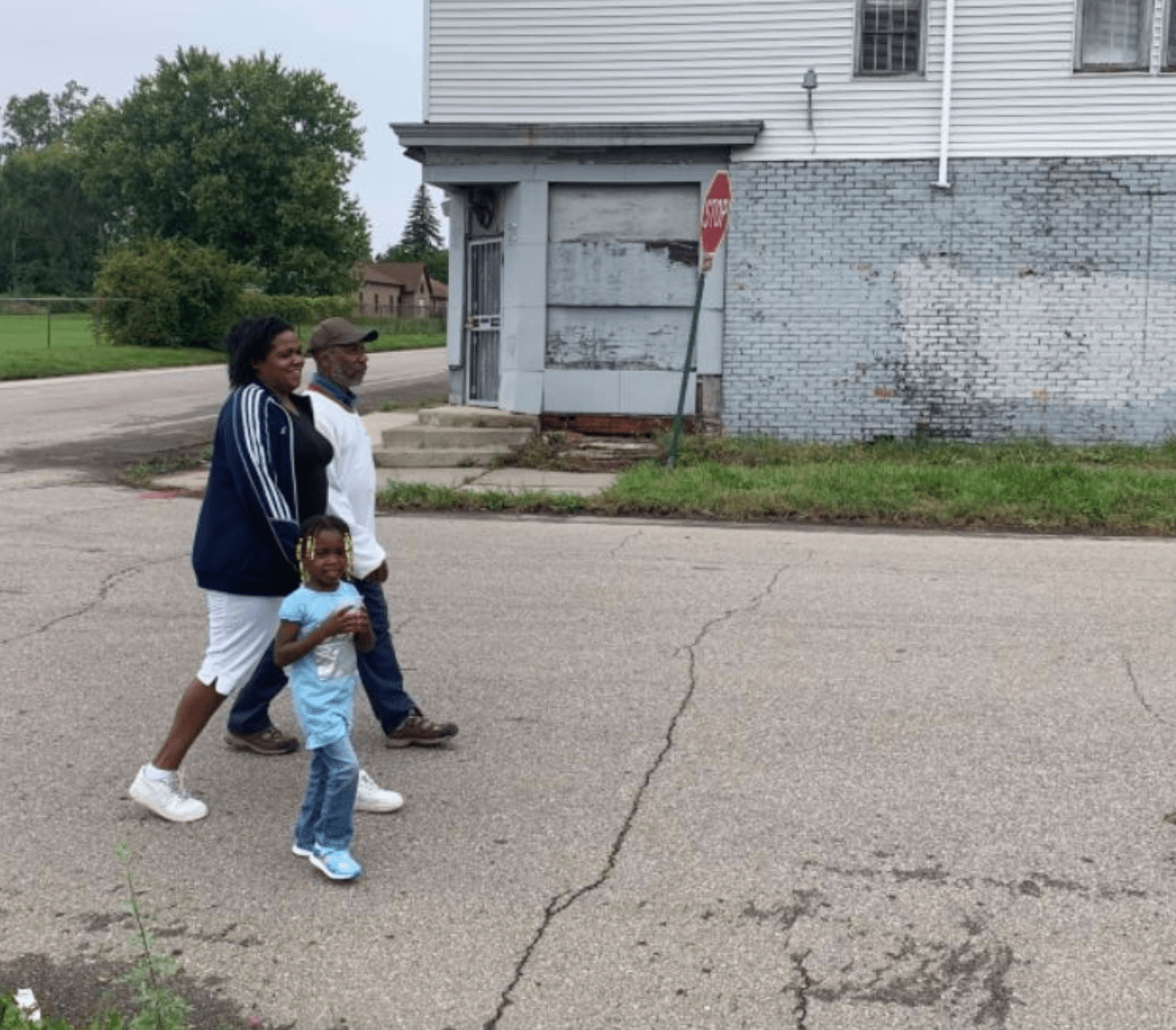- The pandemic spike in traffic deaths disproportionately affected Black, brown, young, low-income and less educated Americans, who were already more like to be killed by drivers. (Forbes)
- In the next surface transportation bill, Congress could make it easier for small cities to apply for and administer grants. (Route Fifty)
- The U.S. DOT is taking the first step toward V2X technology allowing vehicles to communicate with each other, which could prevent thousands of crashes. (NPR)
- The University of Minnesota is testing onboard systems that warn drivers about upcoming red lights. (Crossroads)
- A Chinese study found that "car lite" households that use e-bikes took 19 percent fewer car trips, but made almost the same number of trips on public transit. (Momentum)
- Civil rights and environmental groups filed a federal lawsuit seeking to block the expansion of I-94 in Milwaukee. (Journal-Sentinel)
- Supporters of light rail on the Atlanta Beltline gathered to pressure Mayor Andre Dickens, who has grown lukewarm on the project. (AJC)
- If Chicago transit agencies have to cut service when federal COVID funds run out, drivers will be affected, too, because putting more cars on the road will create gridlock. (Sun-Times)
- A San Diego transportation plan currently taking shape calls for increased bus service in the short term while new transit infrastructure is built out. (Axios)
- Philadelphia cyclists are lobbying the city to stop issuing permits to churches allowing parishioners to park in bike lanes for Sunday services. (CBS News)
- After a settlement on wages with the Massachusetts attorney general, Uber and Lyft are weighing whether to oppose a ballot initiative on drivers' labor rights. (Boston Herald)
- Some Denver residents are worried that bus rapid transit on Colfax Avenue will divert speeding traffic onto surrounding streets. (Westword)
- New public art in Milwaukee is meant to draw attention to the issue of reckless driving. (Fox 6)
Today's Headlines
Monday’s News Goes from Bad to Worse
Black Americans are 12 percent of the population but accounted for 34 percent of increased traffic deaths from 2020 to 2022. Plus other news.

A Detroit family walks down a street with no sidewalks.
|Joel Kurth/Bridge Michigan.Stay in touch
Sign up for our free newsletter
More from Streetsblog USA
Don’t Believe the Hype: NJ Turnpike Widening Still Happening
Gov. Murphy's late revision will just move the problem around, advocates say.
Opinion: Can AI Help Stop Car Crashes Before They Happen?
Proactive safety planning can save more lives than waiting until after crashes kill. But what's the proper role of technology in identifying future hot spots?
Wednesday’s Headlines Have a Clean Background
Uber isn't doing everything it can to keep violent felons out of the driver's seat, according to the New York Times.
Scofflaw Manufacturers Could Be The Downfall of E-bikes
If illegal e-motorcycles are the downfall of legitimate e-bikes, manufacturers and retailers should look themselves in the eye, not blame it on their customers.
Failure of Electric Bus System Means Pollution Will Continue in NYC
The Adams administration gives a major bus company a reprieve from idling laws — because battery-powered systems apparently don't exist yet.
Tuesday’s Headlines Let the Kids Cross
Waymos have adopted a dangerous habit of human drivers: swerving to get around stopped school buses.





